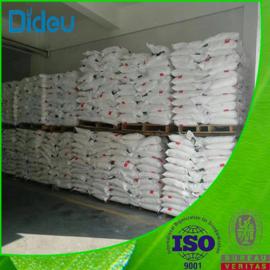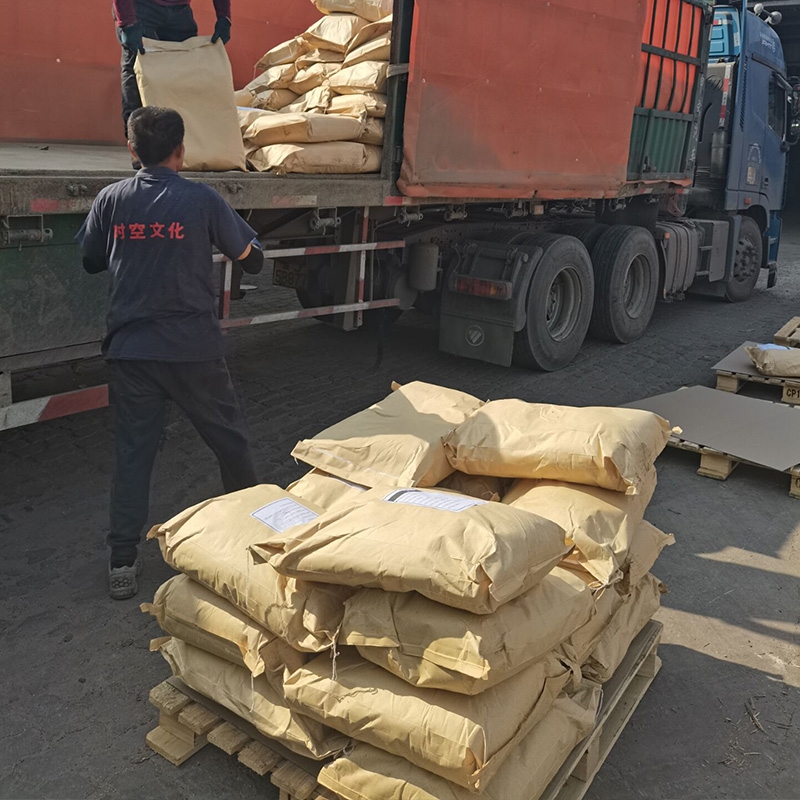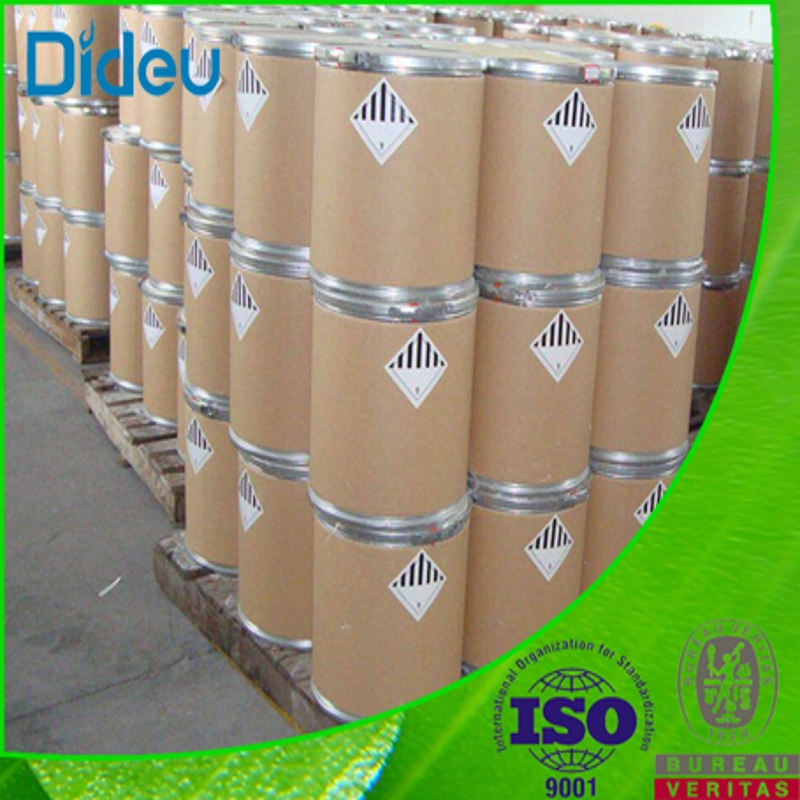-
Categories
-
Pharmaceutical Intermediates
-
Active Pharmaceutical Ingredients
-
Food Additives
- Industrial Coatings
- Agrochemicals
- Dyes and Pigments
- Surfactant
- Flavors and Fragrances
- Chemical Reagents
- Catalyst and Auxiliary
- Natural Products
- Inorganic Chemistry
-
Organic Chemistry
-
Biochemical Engineering
- Analytical Chemistry
-
Cosmetic Ingredient
- Water Treatment Chemical
-
Pharmaceutical Intermediates
Promotion
ECHEMI Mall
Wholesale
Weekly Price
Exhibition
News
-
Trade Service
*For medical professionals to read for reference only.
Short-term or long-term? "Turning waste into treasure" study reveals ADT strategy after prostate cancer radiotherapy! Recently, a cohort study investigating the optimal duration of androgen deprivation therapy after radiotherapy in high-risk prostate cancer patients was published in JAMA Oncology
.
What's so magical about this research? How long should hormone deprivation therapy (endocrine therapy) be continued in men with prostate cancer after radiation therapy? Can the conclusions of this study guide clinical practice in my country? "Medical Cancer Channel" specially invited Professor Zhu Yao from Fudan University Affiliated Cancer Hospital to reveal the secrets to everyone
.
Research Abstract▌ BackgroundRadiation plus androgen deprivation therapy (ADT) is the standard treatment for high-risk prostate cancer
.
However, the association between radiation dose and the minimum duration of ADT required is uncertain
.
If the threshold of ADT duration can be clarified, it will bring greater benefit of distant metastasis-free survival (DMFS) in high-risk prostate cancer patients who receive external beam radiotherapy (EBRT) or EBRT + brachytherapy (EBRT + BT)
.
▌ Research Methods This cohort study covered 3 cohorts, 1827 patients treated with EBRT and 1108 patients treated with EBRT+BT in a retrospective study (2000-2013); the RADAR study (2003-2007) 181 patients treated with EBRT and 203 patients treated with EBRT+BT in the DART study (2005-2010); 91 patients treated with EBRT in the DART study (2005-2010)
.
▌ Findings This cohort study of 3 studies included a total of 3410 men with high-risk prostate cancer (mean age 68 years, range: 62-74 years)
.
RESULTS: Significant associations were found between the type of radiation therapy (EBRT versus EBRT+BT) and the duration of ADT (classified as <6, 6-18, and ≥18 months)
.
Natural cubic spline analysis identified a minimum EBRT duration threshold of 26.
3 months (95% CI, 25.
4-36.
0 months) for optimal DMFS and a minimum EBRT+BT duration threshold of 12 months (95% CI, 4.
9 months) -36.
0 months)
.
In RADAR, prolonged ADT duration in patients receiving EBRT alone was not associated with a significant improvement in DMFS (HR, 1.
01; 95% CI, 0.
65-1.
57); however, in patients receiving EBRT+BT, longer ADT duration was associated with Better DMFS correlation (DMFS HR, 0.
56; 95% CI, 0.
36-0.
87; P=0.
01)
.
For patients who received EBRT only (DART study), ADT at 28 months was significantly associated with improved DMFS compared with ADT at 18 months (RADAR HR, 0.
37; 95% CI, 0.
17-0.
80; P=0.
01)
.
▌ Conclusions These cohort findings suggest that the minimum duration of ADT with high-dose EBRT alone should exceed 18 months
.
For patients treated with EBRT+BT, it was 18 months or less
.
More research is needed to determine a more precise minimum ADT duration
.
Small sample, old "outdated" research can continue to shine.
Q Medical community: Could you please describe the findings of this study? What's new about this research? Prof.
Yao Zhu: Before introducing the findings of this study, it is necessary to introduce the first author of this study, Amar U.
Kishan
.
Kishan and another researcher, Daniel E.
Spratt, created the organization by "repurposing" data from clinical trials related to radiation therapy for prostate cancer
.
The purpose of this organization is to screen, integrate, and analyze individual case data in previous clinical studies, and to give relatively rigorous and convincing conclusions, so that reasons such as insufficient sample size or age can not guide the current situation.
Clinical research "repurposing" for clinical practice
.
This cohort study, published in JAMA Oncology, analyzed radiotherapy cohorts from several prostate cancer studies, including multicenter retrospective studies and randomized controlled trials (RCTs).
Advice on how to work with ADT
.
The results show that patients treated with high-dose EBRT require at least 18 months of ADT treatment; patients treated with novel EBRT + BT (ie, local radiotherapy + intensive radiotherapy) may only need ADT treatment of less than or equal to 18 months
.
The study suggests that it is still necessary to give endocrine therapy for at least one and a half years for high-risk prostate cancer, so as to reduce the probability of distant metastasis
.
Moreover, the study also suggested that intensive radiotherapy with simultaneous internal and external radiotherapy may have better disease control effect
.
The reuse of old research can "turn a stone into gold", but there are also "unavoidable problems" Q medical community: What can be further improved in this research? Prof.
Zhu Yao: Compared with previous related studies, this study has greatly improved in terms of sample size and data size, but this type of "reanalysis"-based research also has some inevitable problems
.
First of all, the patient data used in this study came from relatively early studies (2000-2013), and endocrine therapy for prostate cancer has not yet entered the stage of "new endocrine therapy" during this period, and is currently widely used New endocrine therapy drugs such as abiraterone, enzalutamide, and apalutamide were not available at the time
.
Second, the study did not specifically mention the risk of some non-tumor-related events in patients, and in terms of the side effects of treatment, the cardiovascular toxicity and corresponding preventive measures of long-term treatment were not specifically described
.
The average age of the patients in this study was 62-74 years old, and the vast majority of such patients in China will receive surgical treatment, and the patients receiving radiotherapy are mostly elderly patients over 75 years old.
will have a larger impact, so further exploration of security is important
.
Overall, this study can suggest that the 18-month endocrine therapy interval still has certain practical value for prostate cancer patients, that is, high-risk prostate cancer patients still need adequate consolidation endocrine therapy after radiotherapy.
Short-term endocrine therapy of 12 months or 12 months may not be appropriate
.
The research results can guide domestic clinical practice, but there are still details that need to be "deeply digged".
Q: Does the research have any guiding significance for clinical practice in my country? As a foreign study, is it feasible to apply its conclusions to patients in my country? Prof.
Zhu Yao: In terms of the leading degree of prostate cancer-related clinical research, there are more prostate cancer research data abroad
.
The incidence of prostate cancer in China has only gradually increased in recent years, so the accumulation of clinical research data on prostate cancer patients in China has just begun
.
This study on high-risk prostate cancer has great implications for clinical practice in China
.
For the current situation that most of the prostate cancer patients in China are high-risk patients, clinicians should actively guide patients to undergo long-term endocrine therapy after radiotherapy, and observe the curative effect and side effects during the whole process, so as to further optimize the clinical application scenarios
.
In addition, differences in radiotherapy techniques in different countries and regions, and differences in the efficacy and side effects of endocrine therapy on different ethnic groups will also affect the results of the study
.
Can long-term endocrine therapy after radiotherapy show the same or even better effect in Chinese patients? Will Chinese patients have more side effects if they use the same treatment plan? These are questions that require further exploration
.
However, although the impact of ethnic differences on clinical research results is an "internal cause", what is more important is the "external cause" of the treatment method-do clinicians or clinical trial investigators provide patients with the highest possible level of treatment? This is very critical
.
Professor Zhu Yao concluded: "In general, this is a very worthwhile study
.
For many studies that were published relatively early, after many years, the data has become a simple number.
, which is actually a waste of research resources, and this study sets a precedent for the reuse of research data in the field of prostate cancer
.
The two principal investigators of this study are also worthy of attention
.
"Expert Profile Prof.
Zhu Yao Chief Physician and Doctoral Supervisor of Fudan University Affiliated Cancer Hospital, Deputy Director of Urology Department, Fudan University Affiliated Cancer Hospital, Secretary General of Prostate Cancer Expert Committee of Chinese Society of Clinical Oncology, Vice Chairman of Youth Council of Shanghai Anti-Cancer Association 2019 Fudan University Youth May 4th Medal 2019 Shanghai Municipal Health Commission Youth May 4th Medal 2018 Shanghai "Medical Garden Rising Star" Outstanding Young Medical Talent 7th The third batch of Fudan University's top ten medical young people in the 2015 Shanghai Youth Science and Technology Rising Star Program Prostate Cancer and Prostatic Disease editorial board member of the National Natural Science Foundation of China.
References: [1] Kishan AU, Steigler A, Denham JW, et al.
Interplay Between Duration of Androgen Deprivation Therapy and External Beam Radiotherapy With or Without a Brachytherapy Boost for Optimal Treatment of High-risk Prostate Cancer: A Patient-Level Data Analysis of 3 Cohorts.
JAMA Oncol.
2022 Jan 20: e216871.







